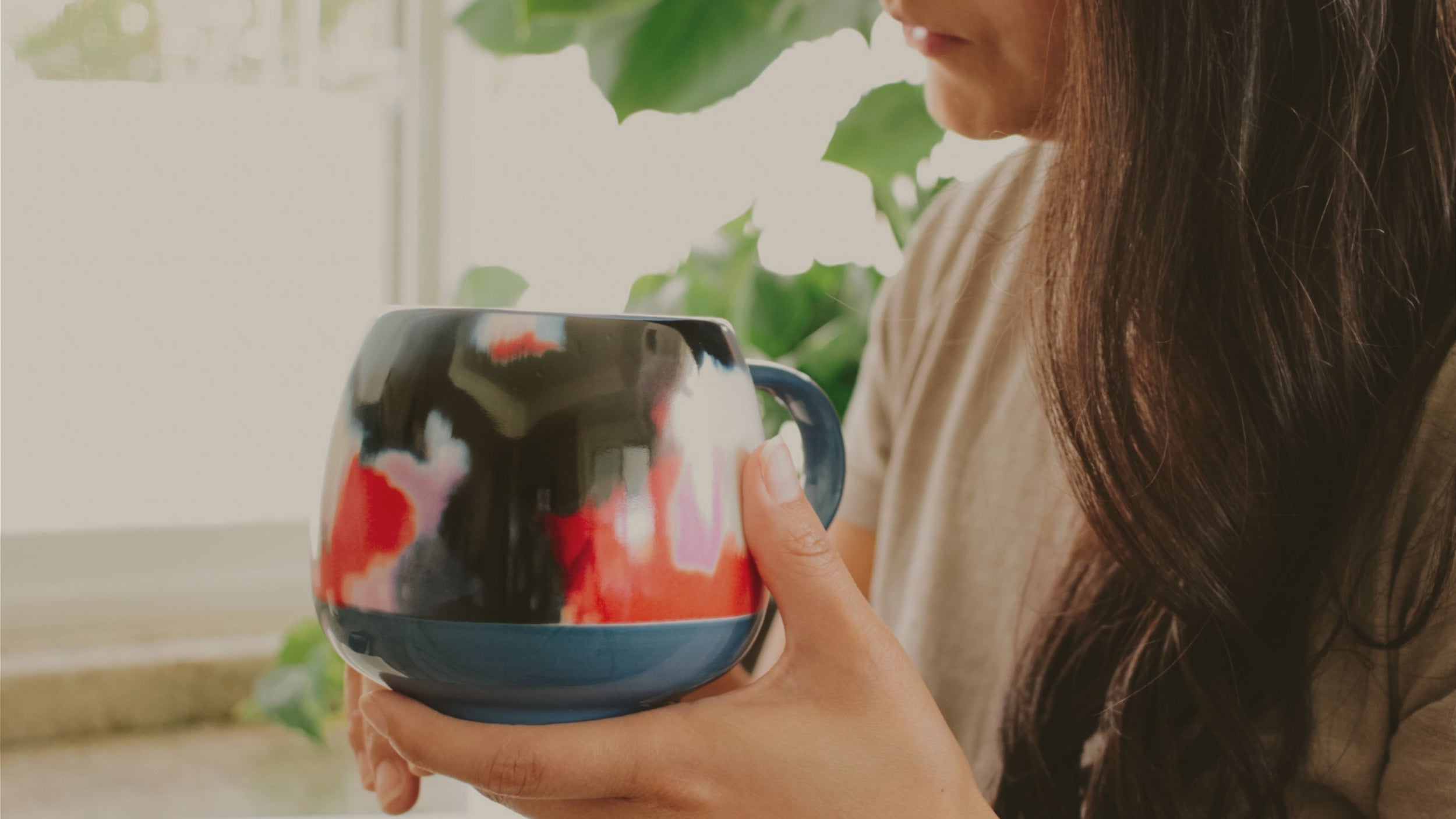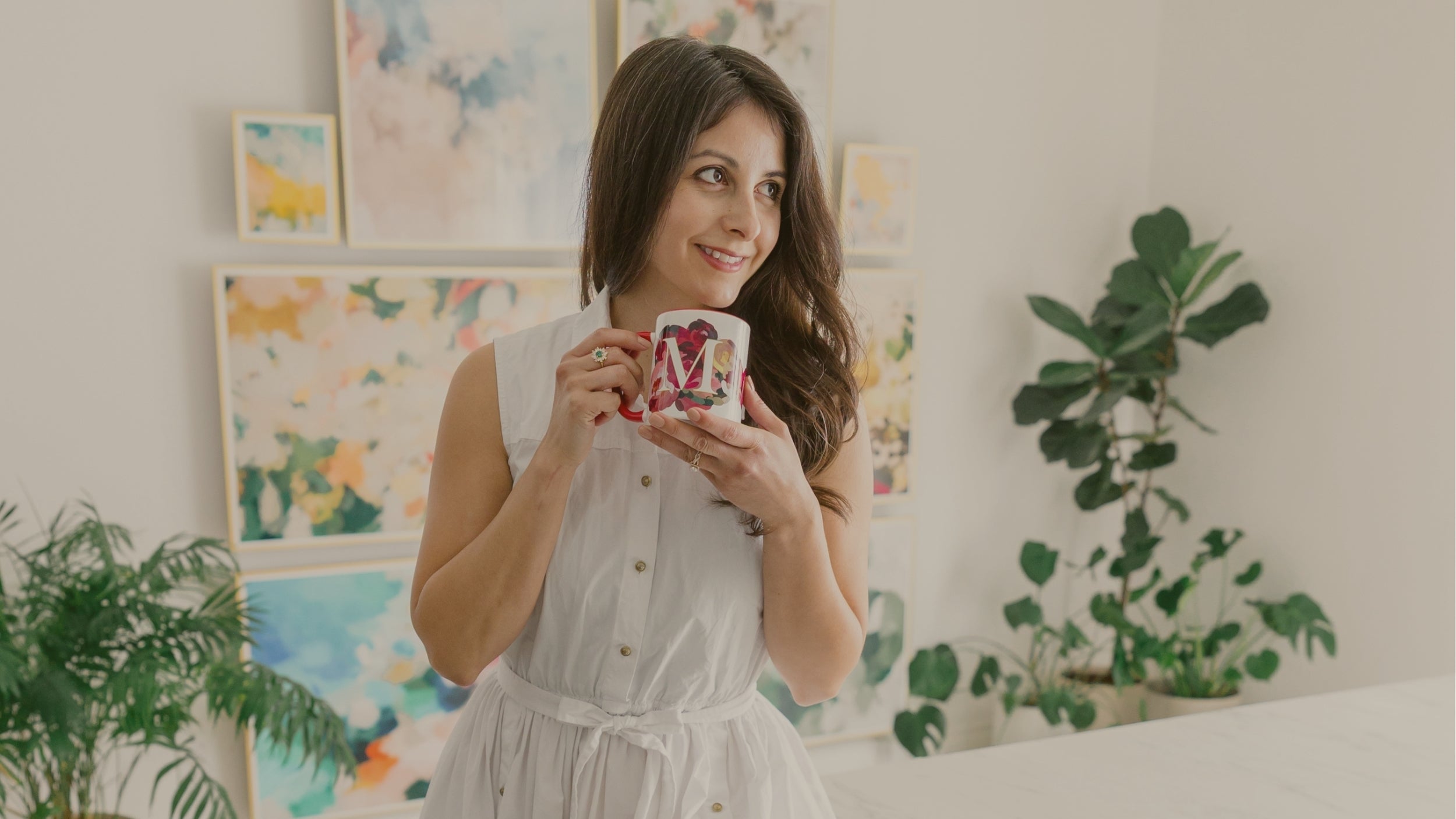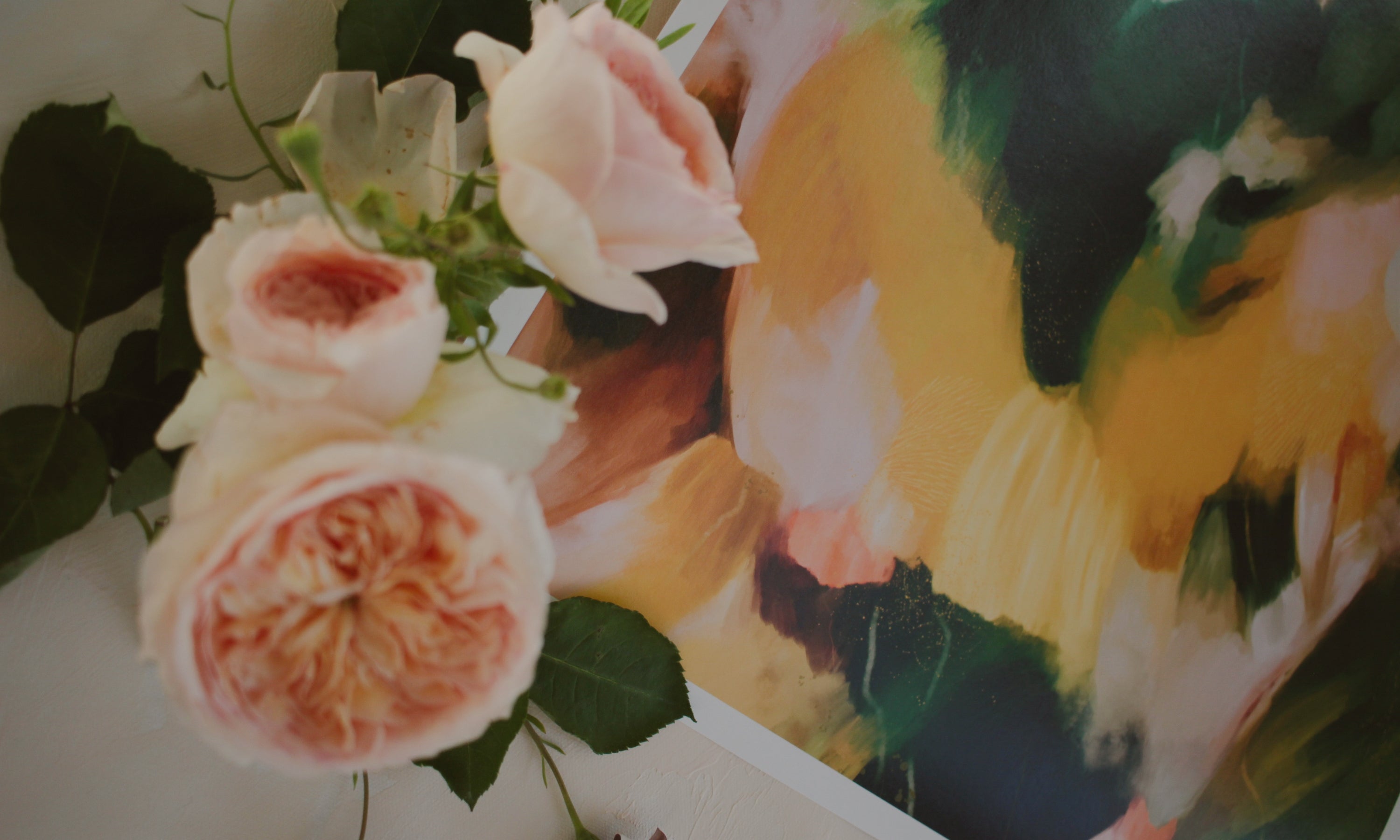Article: Beginner's Guide - 3 Things you need to know about how art licensing works

Beginner's Guide - 3 Things you need to know about how art licensing works
When I started my business, I only had a vague idea of what licensing was and how it worked. When I would see other artists get licensing deals with big dreamy retail stores, I would think to myself, “How can I do that?”
But before I could understand how to do it, I needed first to know what it was and what I was getting myself into.
In this quick-start post, I’ll break down the main components of licensing, so you can decide if it’s a path you’d like to pursue.
Disclaimer: This post may contain affiliate links. I will get a small commission if you buy through the link, at no cost to you.
What is licensing?
First let’s start with what the term licensing means.
Licensing is when you (the Licensor) give another company/person (the Licensee), the right to use your art for commercial purposes for a fee (in exchange for money).

For example, I had a licensing deal with a ceramic company that partnered with Wegmans. Through a licensing contract, I gave them permission to use my art to produce a collection of mugs from my artwork that they could sell in store.
But not only did I give them permission, but I also gave them a high-resolution file of my art, so they could create their products.
. . . . . . . . . .
Side note: I know some artist are hesitant about handing over files of their art because your files are basically your golden goose. They allow you to diversify your business beyond just licensing.
My best advice here, is to be picky about who you give licenses to. You shouldn’t hand over your files to just anyone. Not every offer is worthy. That’s definitely another topic for another day, but if you need more guidance on how to discern if an opportunity is right for you, check out this post.
Ok, end of sidenote. Back to the basics of licensing.
. . . . . . . . . .
What you need to get started with licensing
So if you want to get into licensing you will need high-resolution, print-ready images of your art. If you currently sell art prints or other merchandise then you already have what you need.
If you don't then you will need to either scan or photograph your artwork at the highest resolution possible (300 dot-per-inch or more).
Among the artist community this is a really popular photo and art scanner.
You can either DYI the photography yourself, if you have a good camera and know how to use it to get clear crisp images, or you can take it to a local print lab that offers "fine art captures".
How you make money
There are a few different ways you can make money from licensing. There are royalties, one-time fees, and advance against royalties. Let's go through each one.
Royalties
A royalty is when you get paid a percentage of each net sale your licensee (the person licensing the art from you) makes.
The net amount is the sale price minus expenses and discounts. Royalties are my favorite because they are what makes passive income possible.
The amount you’ll get from each sale will depend on the type of product, or industry standard. For instance, greeting cards usually have a percentage of 2-5%, whereas art prints can have a range of 10-40% .
Royalties are usually paid either monthly or quarterly, or on a different pre-arranged schedule.
Fees
Fees are a one-time payment for the entire project. If agree to a one-time fee, that's all the money you're gonna get.
Though this isn’t necessarily a bad thing! In some cases, such as a licensing project with a hotel, you receive a flat fee for each print they decide to make from your artwork. So if they want to use your art for a 100 guestroom and your fee is $100/copy they license, then you would multiply your licensing fee by 100. Ex: $100 rate per print x 100 = $10,000. As, you can see this structure can definitely work in your favor with the right licensing deal.
Advance against royalties
Advance against royalties is the top-tier choice if you’re working on a project that’s going to take a long time to generate royalties, such as a new product that needs to be developed from scratch.
This structure is a combination of a one-time fee and royalties.
You get paid a flat fee up front, before your product goes into production. Then once the licensee starts selling the product and your accumulated royalties surpass the flat fee paid, you’ll start to get royalties paid out regularly, either until the product sells out of the contract expires.
For example, let's say a big retail store wants to license your art for a greeting card, and they're offering an advance of $200 and your royalties are 5% of the net sale. Then you would get paid $200 now, and the card hits the shelves 6 months later, you'll get royalites after the sales have surpassed the $200 they already paid.
With this option you get some money now, and more money later — win-win!
An overview of contracts
Contracts are what legally bind you and the licensee together.
They are the aspect of licensing that I like the least, but a good contract will protect both parties. Each contract should clearly outline:
- How the artwork will be used > printed on mugs, blankets, etc.
- For how long > a 2-year term, until someone terminates the contract, until sold out, etc.
- If it’s an exclusive design > meaning no one else can use this either forever or temporarily.
- What the payment terms are > which we went over in the section above
- What the payment schedule is > monthly, quarterly, or other
- Who gets the copyrights > which should always be you
- Other legal stuff like arbitration and termination.
In my experience, contracts for product licensing are more complicated than a contract to license art for a hotel. Product licensing contracts are usually written with full-blown legalese, and at times can be hard to understand. Whereas contracts for a hotel project are written in plain everyday speak, or slightly formal language. It's always best to consult with a legal professional, if you're ever unsure about what something means.
Your workload
This will vary depending on the licensing path you ultimately take.
I have found that licensing for products is a more involved process. There's a lot back and forth between you and the licensee, usually about making additional edits to your art so that it's properly formatted for their specific product. Then there's the question of finding more projects, which involves a lot of pitching, unless you hire an agent.
On the other hand, licensing for hotels and movies is more straightforward. They hardly ask for additional edits, and most of your art is licensed as-is. For this path, your workload will involve answering questions about your art, providing quotes for pricing, and of course delivering the final files. And unlike product licensing, you don't find new projects by constantly pitching, you find them by forming key relationships with the right people.
Alright, so there we have it— the basic structure of licensing!
Pin this for later





Leave a comment
This site is protected by hCaptcha and the hCaptcha Privacy Policy and Terms of Service apply.